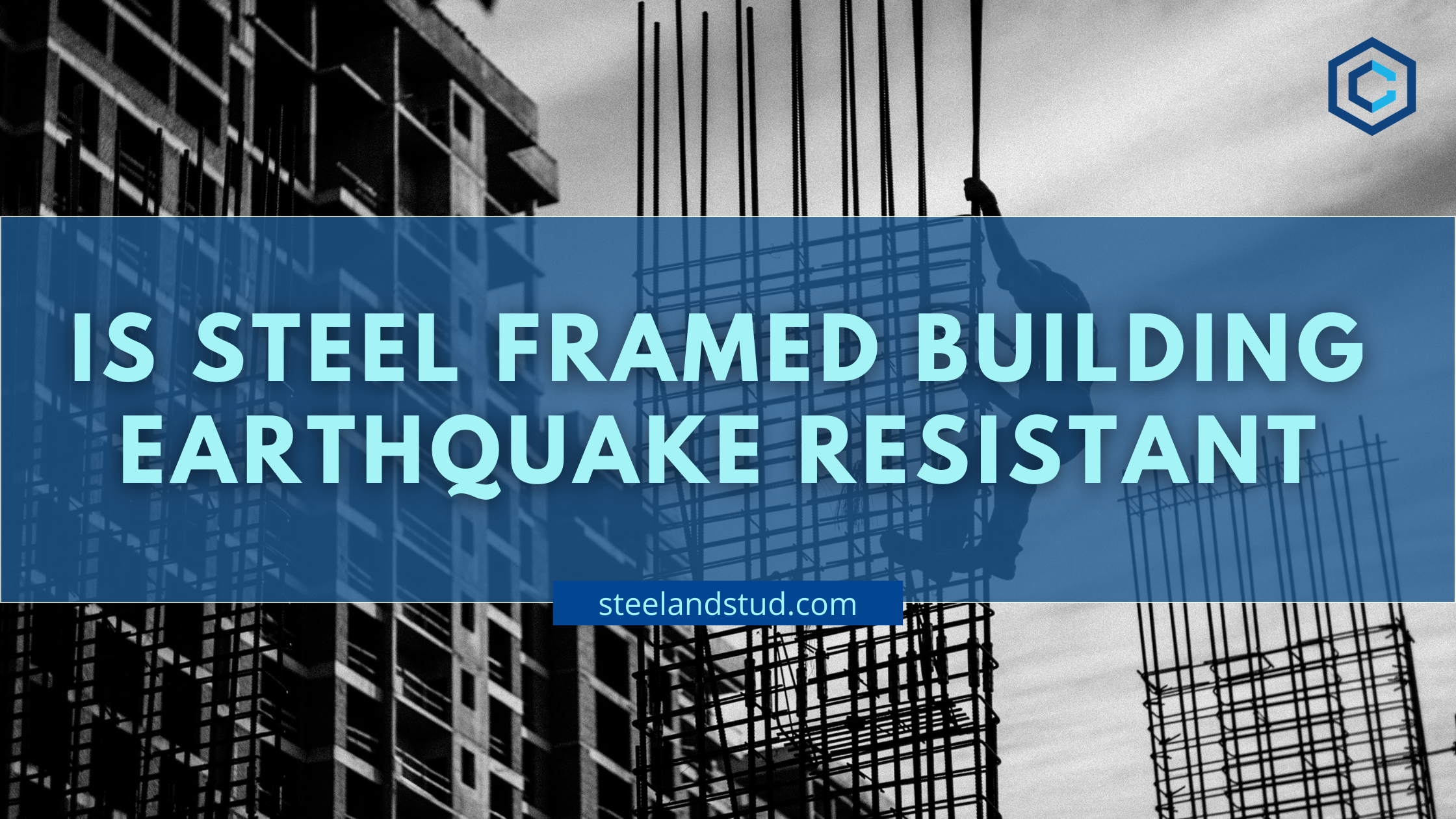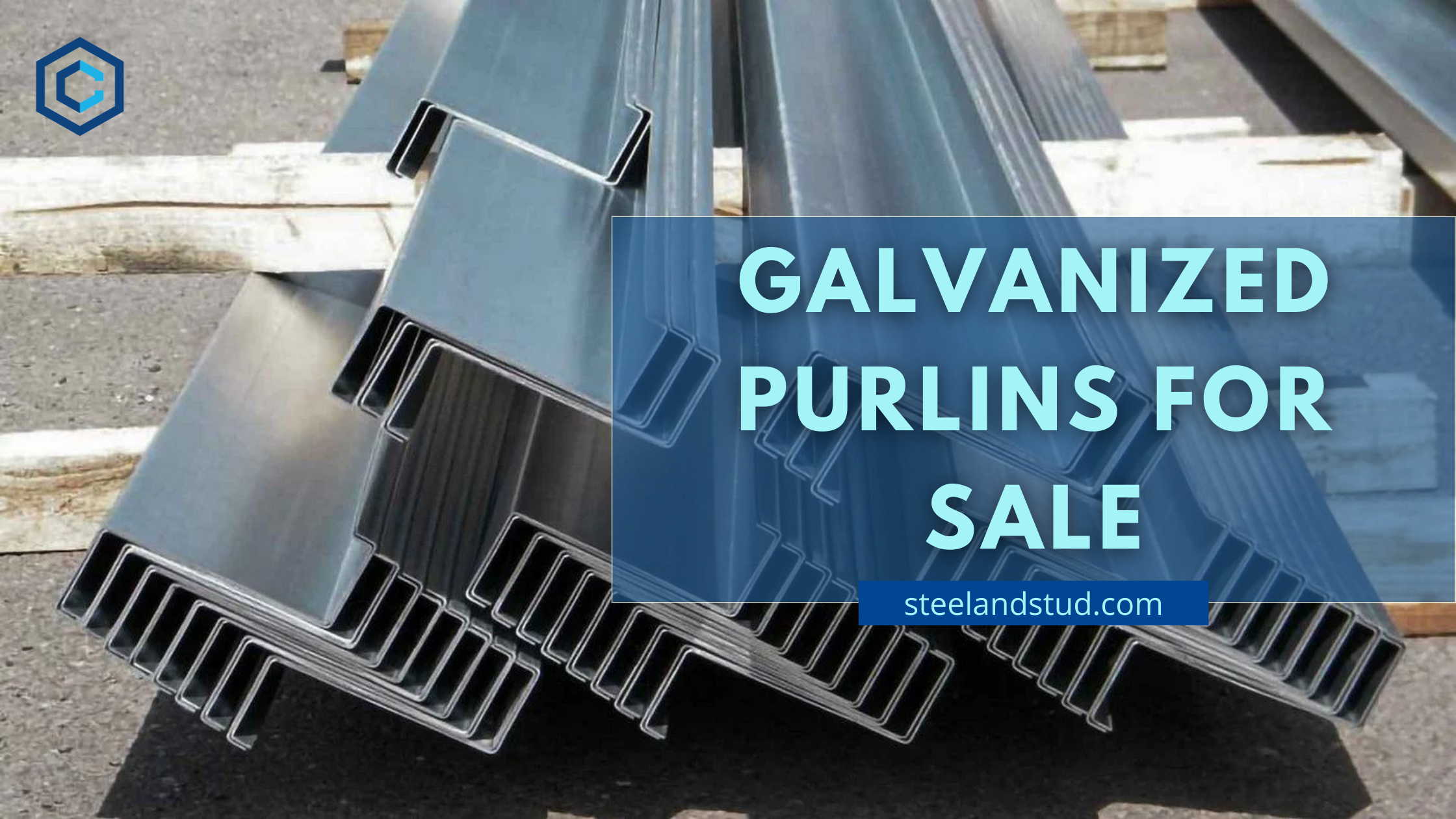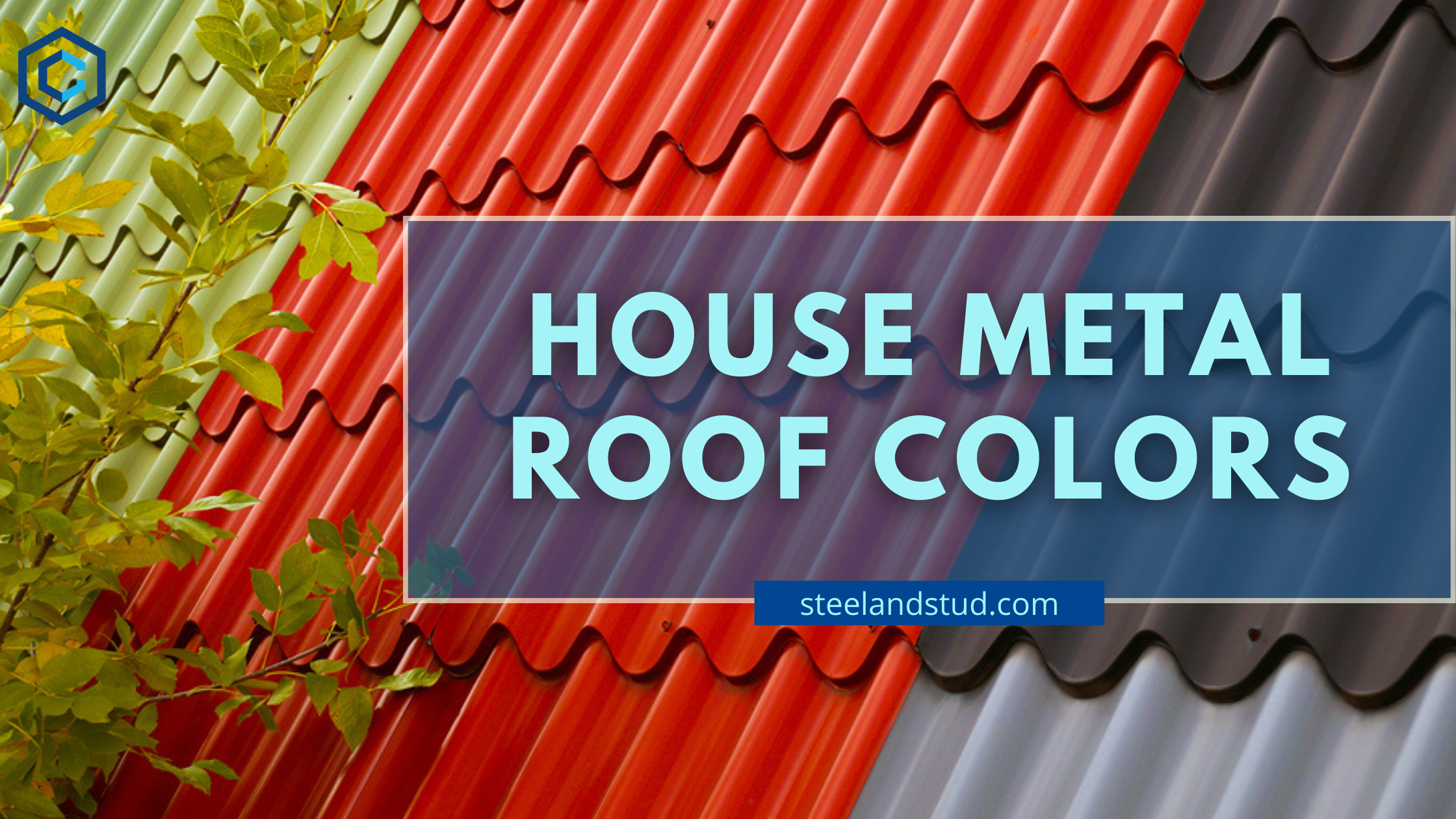
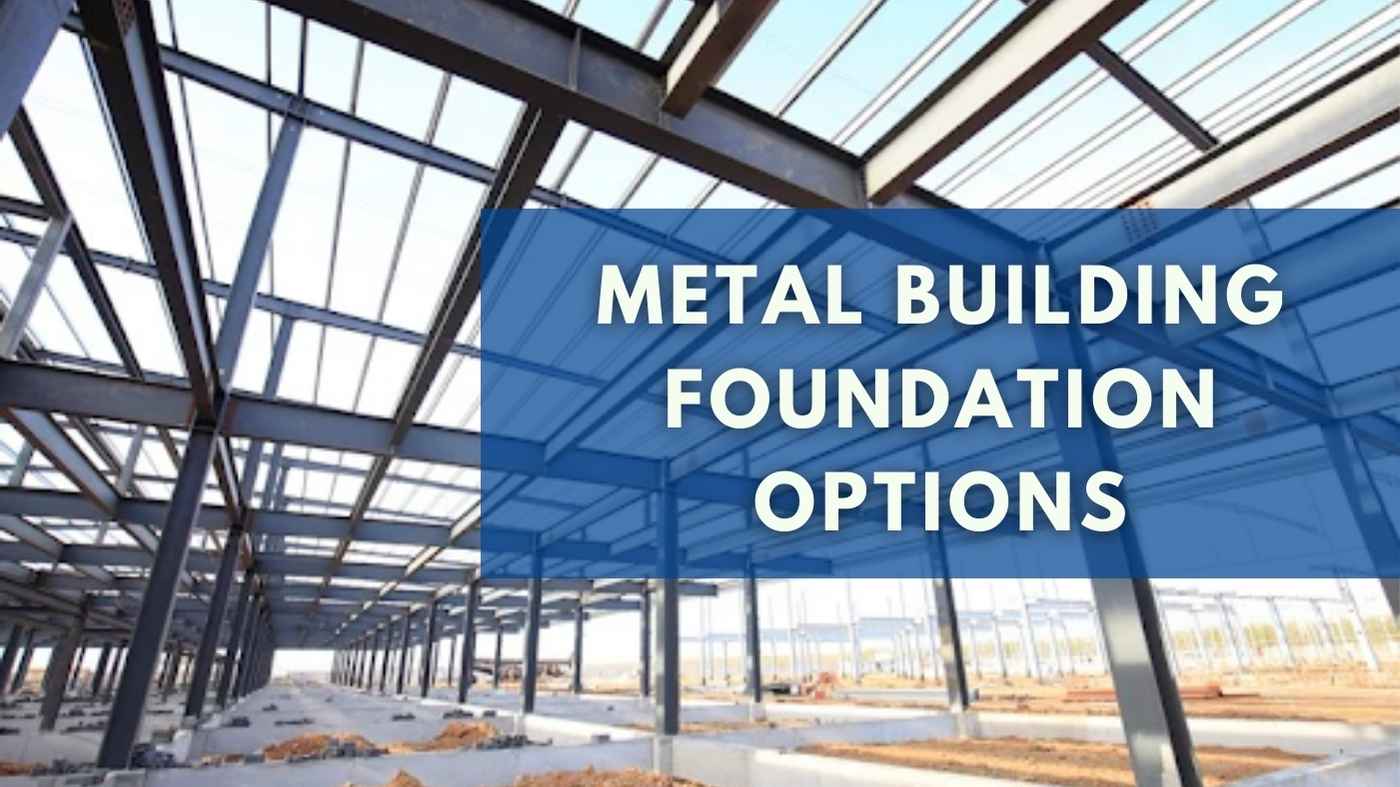
Types of Metal Building Foundation Options
- Kunal Singh
A shifting foundation can lead to many issues like cracked walls, jammed doors & windows, uneven floors, mold & water damage, etc. A weak or unstable foundation needs instant repairs or replacement, increasing your repair and maintenance cost. The average price for foundation repair is $4,449. However, it may cost $500 for minor repairs like filling cracks.
Moreover, it could be a gutting experience when you are informed via a home inspection report that your building has foundation issues.
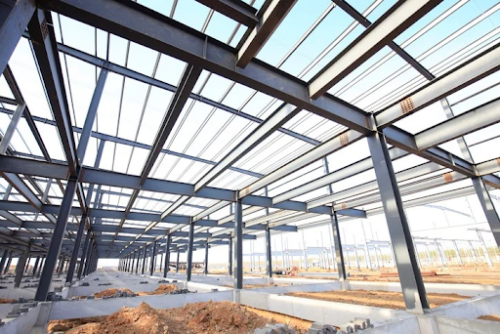
The solution to all the problems is choosing the appropriate metal building foundation option for your building.
Suppose you intend to purchase a pre-engineered metal building kit from “Steel and Stud”. In that case, our experienced foundation engineer will help you prepare your structure plans and ensure that your slab foundations are done correctly and accurately. We take immense pleasure in sharing relevant and appropriate information about steel-building foundation options here. After reading this blog, you can choose the right metal foundation to prevent wind uplift, and your steel building stays safe and long-lasting.
Table of Contents
Steel Building Foundations Plan Performs An Incredibly Important Function
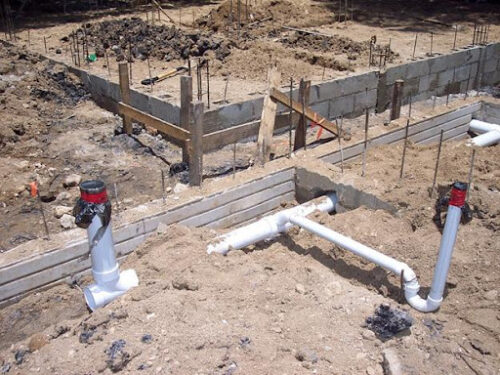
Determining the concrete slab of the metal building foundation is paramount before the planning and construction process of metal building. The base or foundation supports the exterior steel framing walls of the steel structure. If the planning lacks articulation and carefulness, it could cause a metal foundation to fall weak and start deteriorating like cracking, settling, and shifting, which can impact the main structure. Also, ensuring that the foundation is laid in a way that adheres to your US state’s local building code is important to consider before placing the metal buildings.
Types of Metal Building Foundation Options
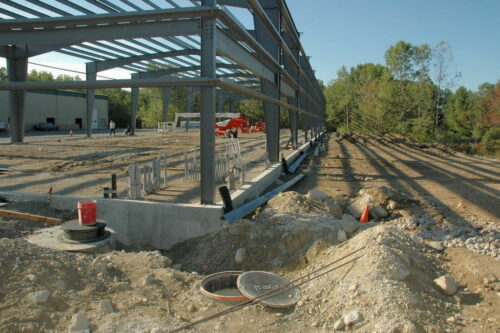
There are typically five metal building foundation options.
1. Concrete Slabs
Floating concrete slabs are concrete slabs that just sit over the ground without any anchor.
Builders pour concrete and reinforce it to create a floating foundation. A finished floor slab may measure anywhere from 3-1/2″ and 5-1/2″ in thickness. It serves as the structure’s floor and can be built with deep footings if necessary. This type of foundation is ideal when erecting an industrial structure. It also delivers superior stability when there are poor soil conditions.
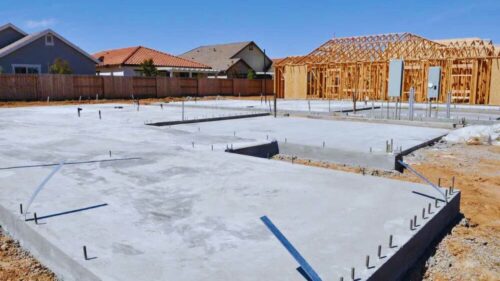
Advantages
- Concrete slab foundation quickly dries, so you can pour it daily. The faster drying process helps in making a strong foundation while building the metal building.
- Laying a concrete slab foundation for your metal building is very affordable.
- If you are worried about water erosion, you don’t have to worry about the same with a concrete slab foundation.
Disadvantages
- It is easy to crack a concrete slab foundation during frigid temperatures.
- If you do not properly lay the concrete slab foundation for your metal building, there will be maintenance difficulties.
2. Curb Foundation
This foundation consists of poured concrete around the perimeter where the builders will install the structure. Concrete is not filled inside that perimeter.
When construction starts on the main building, the walls are placed on top of the curb. The footings are installed with the curb. Adding more curbs to serve as their foundation becomes necessary if there are weight-bearing walls within the structure. Ideal for buildings with crawl spaces.
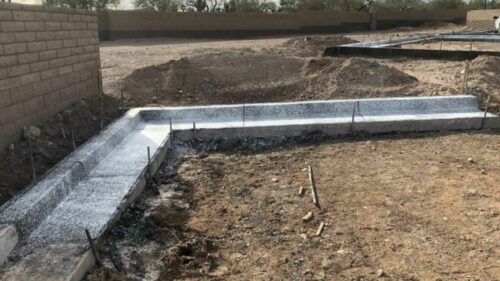
Advantages
- Curb foundations are an important metal building part that contributes to the aesthetic appeal of the place.
- Unlike other foundations, curb foundations are durable, proving to be a great support.
- If you have a curb foundation, you can use its reflective nature’s advantage and use it at night.
Disadvantages
- During monsoon season, water may get clogged if you have a curb foundation.
- Laying a curb foundation means you have to take help from professionals.
3. Floating Slab Foundation
This foundation is a hybrid between a traditional slab and a curb foundation design. Construction starts with the installation of a curb foundation. The builders pour a slab inside the established perimeters as soon as the curb and footings are in place. A hybrid design provides more “buffer” to the foundation, which allows it to settle comfortably without compromising the structure.
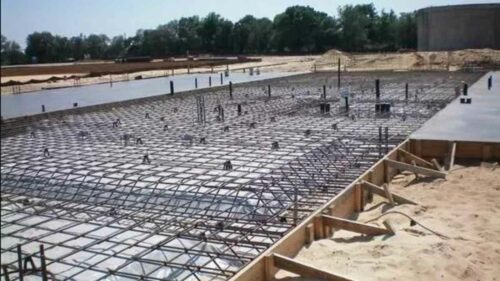
Advantages
- If you have a loose soil area and want to build a foundation for your metal building, you can opt for a floating slab foundation.
- With the help of a floating slab foundation, it is quite effective to distribute the support across a larger area.
- Floating slab foundations help to build a moisture barrier between ground and metal buildings. This will prevent the risk of rust.
Disadvantages
- If you have a floating slab foundation, you may need help accessing the underground areas for utility lines.
- These usually feature a sealed floating foundation which lowers the design appeal.
4. Pier Foundations
In this foundation, reinforced concrete piers are installed deep in the ground around the perimeter wall of the metal building. Perimeter footing can support the building’s vertical load. The wall is built with a grade beam to counteract horizontal load stresses. It is best suited for locations where wind uplift is a concern and where the soil is reasonably dry, packed, and stable.
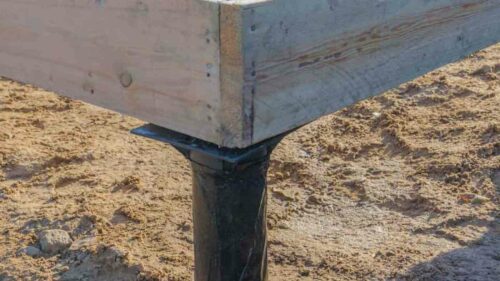
Advantages
- A pier foundation is highly beneficial to your metal building as it helps to protect against flooding because of elevation.
- Because of the elevation, homeowners can access the built-in crawl space to fix their ductwork or any wiring work.
- Compared to other types of foundations, pier foundations are affordable.
Disadvantages
- The pier foundation can take more time to form the cast-in-situ pile.
- It is crucial to perform quality checks for pier foundations occasionally to prevent unwanted damage.
5. Portable Foundations
A portable foundation can be picked up and moved. It is ideal when setting down a building that you may later expect to relocate, mainly if you do so frequently.
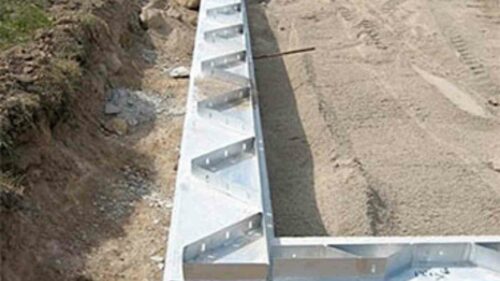
Advantages
- It is quite easy to move the place conveniently using a portable foundation.
- The portable foundations are very lightweight.
- If you want an aesthetic and functional foundation, choose a portable one.
Disadvantages
- A portable foundation needs to be stronger to hold a large metal building.
- The portable foundation will be prone to damage because of constant movement.
6. Trench Foundation
If you want a trench foundation, you need to dig a significant depth in the ground to place the trench. Since this helps construct tunnels, it becomes easy to place the foundation supported by the metal framework. We at “Steel and Stud” will help you build a strong trench foundation for your metal building.
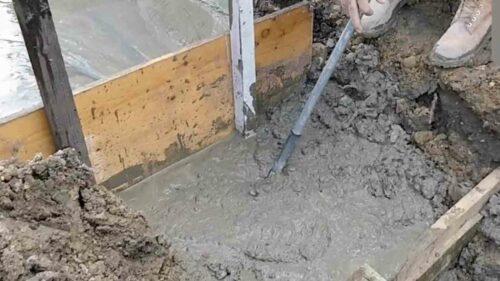
Advantages
- With a trench foundation, you must indulge in less site excavation.
- There is no complicated framework involved in building a trench framework.
- These trench foundations are compatible with almost all soil types.
Disadvantages
- These trench foundations are always at risk of being cracked. This can pave a danger to your metal building.
- Compared to other foundations, trench foundations are very expensive.
After Foundation Understand Types of Metal Building Bases
Not an only foundation, but it is also necessary to select the right base for your steel building to use it efficiently. The base is the natural texture of the ground, whereas the foundation is the man-made base created using concrete materials. Here is the following popular steel building foundation type.
Ground Foundation
The ground foundation is nothing more than a leveled area in its natural form. You don’t create any manufactured base and use it in its original form. It is the most affordable steel building foundation with a ground-floor farm shed, metal barn, and other buildings used for agricultural purposes. The ground foundation is not recommended for carports, RV ports, or any other storage use, as moisture from the ground can make the upkeep of the belongings difficult.
Concrete Foundation
The base that is cemented, tiled, or any other concrete flooring of your home is available to install a metal building is concrete foundation. Concrete floors provide a strong, clean base; you can use it for storage, parking, or recreational purposes.
Gravel Foundation
It is a middle ground between dirt and concrete foundations. It will be more firm and clean than the ground floor, but not as much as a concrete slab. These budget-friendly floors develop trenches; you need to re-level them to keep the surface even.
Asphalt Foundation
Asphalt foundations are for the area with continuous damp grounds due to frequent rain. This foundation doesn’t wash away and delivers a firm floor to store your valuables or perform your functions. It is as good as the concrete foundation but needs more maintenance.
Factors to Consider When Choosing a Metal Building Foundation
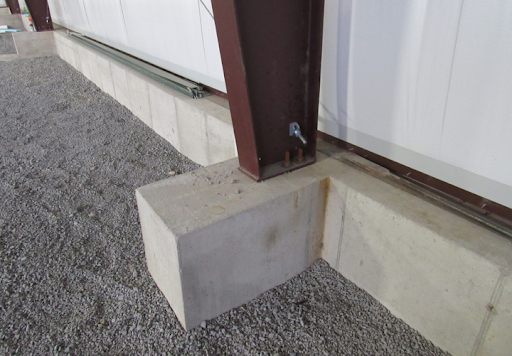
The choice of the foundation depends on various factors like load, wind uplift, soil type, soil quality, local frost lines, building’s weight, the weight of equipment or vehicles to be housed in the structure, dimensions, building reactions, location of anchor bolts to attach steel framing columns, purpose, local building codes, type of the metal building, and federal rules & regulations. Let’s see how the following condition affects the choice of foundation.
Climate and Weather Conditions
Regions having high winds, heavy snowfall, high earthquake susceptibility, and high temperature need a concrete foundation to stand still. Further, the building type, construction material, and environmental factors also govern foundation selection.
One should prefer a shallow foundation in the case of a low-rise building. However, one would require a deep foundation for high-rise buildings.
It would help if you were very mindful of the climate of the area where you will be laying down the foundation. Extreme humidity or fluctuating temperatures can pose significant damage to your foundation which is one of the most important things for the metal building placement. For example, frigid temperatures can cause cracks in your concrete slab foundation. High humidity can also prevent the foundation from gardening.
Apart from temperature and humidity, you will also need to consider wind speed and seismic activity. The trench foundations are usually placed into the ground, so if seismic activities occur, the foundation will be easily damaged. As a result, the damage in the foundation will lead to the entire building falling.
Soil Types
48 States in the USA have different soil types like loose, sandy, clayey, and expansive soil. Surface soil up to a depth of 3m is called topsoil, and subsoil begins below 3m. The bearing capacity of both the topsoil and subsoil layers would strongly influence the selection of the foundation in a particular region. One should select a more robust and more suitable foundation for low-bearing capacity soil compared to cases where the soil has a strong bearing capacity.
Ease of Construction
When choosing the foundation, one should also consider the ease with which it can be constructed. Since laborers with various skill levels and skillsets are required to build different foundations, it may be costly.
Water Table Level
The water table also affects the foundation selection as the foundation should not be placed on soil that undergoes expansion and contraction due to water table fluctuation. Thus, it should be constructed on arid soil or fully wet soil.
Adjoining Structure/Water Bodies/Slopes
One should consider parameters like adjoining structures, water bodies, and slopes when selecting foundation types. In situations where the neighboring structure’s foundation is very near the foundation to be built, it can have a detrimental effect on the choice and the safety of the adjoining structure.
Building Design and Size
The larger your building, the bigger should be the design of your foundation. Metal buildings are not only big but also heavy. Therefore, choosing a stronger foundation that is not easily damageable, like that of a concrete slab foundation, is essential.
To hold the metal building height and weight, your foundation must have six to ten inches of thickness. Furthermore, the design of the foundation should comply with the building design to prevent any unwanted building damage. Therefore, you may reach out to experts at “Steel and Stud”. We will analyze your building design and size and help you choose a foundation that suits the purpose.
Cost Consideration
Metal buildings are expensive but functional. Since you don’t want these to be damaged soon, you must choose a foundation accordingly. However, we do understand if you’re running on a budget. The metal building foundation costs usually vary depending on the foundation you choose. At “Steel and Stud“, we help you make the most functional yet affordable choices for your metal building foundation.
Things you Need to Take Care of While Preparing Foundation For Metal Building?
The following tips will help you when pouring piers, slabs, or perimeter walls for steel buildings:
- Dont get confused between concrete and cement. Concrete is created when cement, sand, gravel, and water are mixed together. Cement holds concrete together.
- Concrete is sold by the cubic yard. A concrete engineer decides the amount of concrete required based on your metal building plans, the weight of vehicles or heavy machinery, local soil conditions, and building codes for steel buildings.
- In poor soil conditions, bringing in better soil may be less costly than pouring a deeper foundation for a large steel structure.
- Avoid pouring concrete in the dead of winter for steel-framed buildings; pour concrete between 45° and 90° Fahrenheit.
- Frost heave might crack curing concrete foundations. The concrete might lose as much as half its projected strength if the temperature drops below 0° in the first 24 hours after pouring.
- Allow enough time for the foundation to settle completely. Arrange your steel building to arrive at least three days after the pouring of foundations in warm weather. For long-lasting results, let the concrete dehydrate for two weeks or more.
- Condensation may occur in a structure built on a slab that is not completely dehydrated. A 5,000 sq. ft. concrete slab poured 4″ deep may produce over 1,200 gallons of water vapor inside the structure! Proper ventilation is crucial during winter construction. Leave a few exterior steel panels off until the foundation dries completely.
- Avoid the use of additive calcium chloride for your building foundation. It is highly corrosive to the steel in the foundation.
- To ensure the correct location in the slab, set your anchor bolts with templates. Examine all the anchor bolts again immediately after concrete installation to ensure the bolts remain straight and true.
Signs of Metal Building Foundation Damage
Well, your metal building foundation isn’t going to last forever, so you need to check the signs of damage:
- You will often observe a mildew smell around the house.
- The internal and external walls will show cracks frequently.
- The doors would often stick to the frame.
- Bouncy floors are one of the main things to look out for in a metal building foundation.
- You can notice a small separation of the cabinets from the walls.
Conclusion
The foundation for steel framed building plays an important role in the sustainability of the building. Paying attention to the foundation at the very beginning can save you from wasting your money on repairs and will keep the resale value of the building high. While choosing the foundation, ensure that you consider all the factors affecting it. and if want help from experts to make the right decision regarding your metal building foundations, you can contact our experts at “Steel And Stud”.
FAQs Metal Building Foundation
If you are searching for an affordable yet durable foundation for your metal building, floating foundations are definitely the choice.
If proper focus is laid upon the construction of metal building foundations, they can last up to 50 years or more.
A heavy or pier foundation can be the best for a metal building with strong and speedy winds.
Drainage, improper laying, and poor soil conditions can often affect the foundation of your building.
Yes, these metal building foundations tend to last a long time with special care, so they can be reused even if the building is broken down or demolished.
If you want to lay down a strong foundation, steel, concrete, and metal can be the top material choices for the foundation.
You must connect with the respective legal authorities to obtain a permit for a metal building foundation.

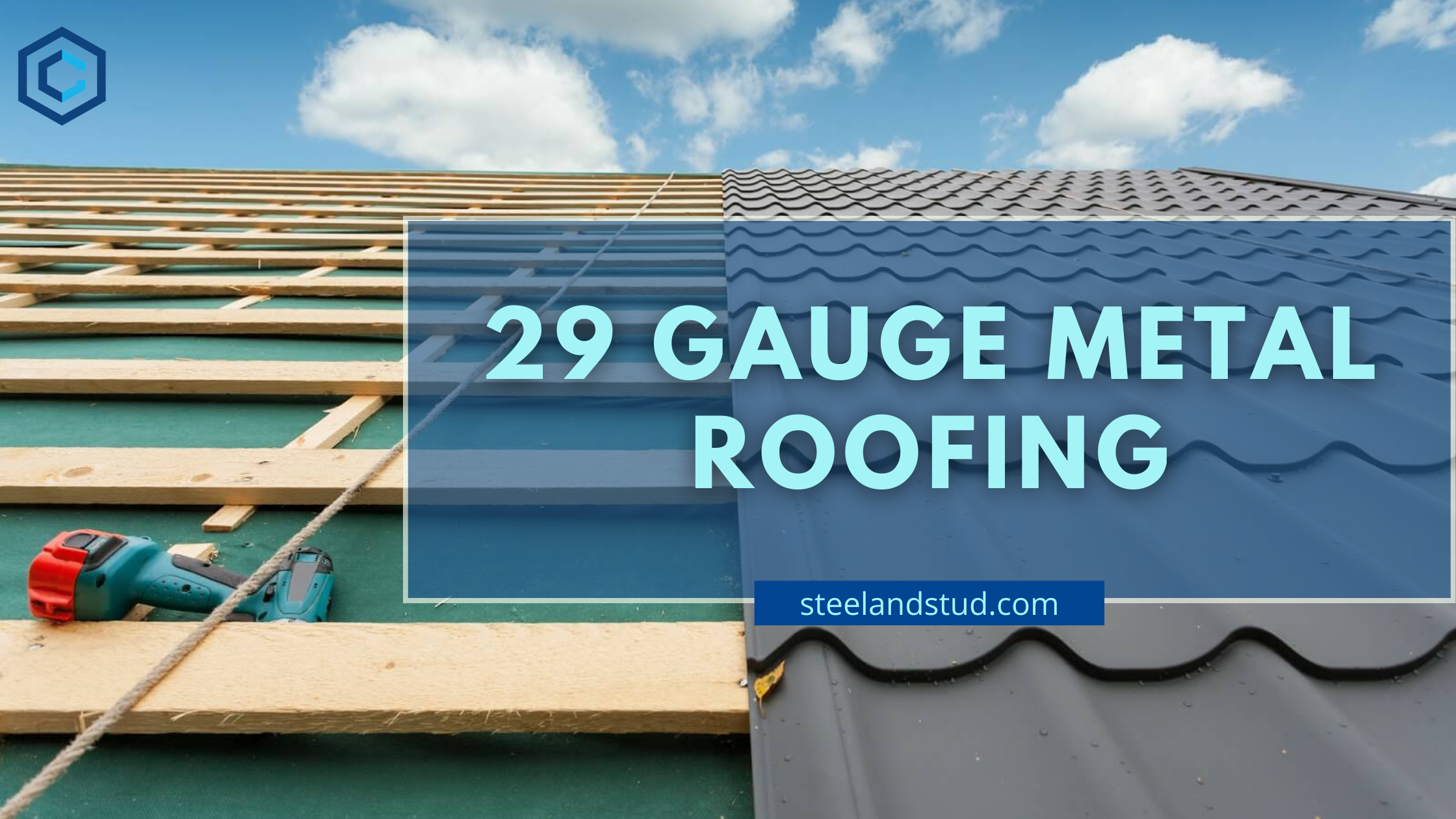
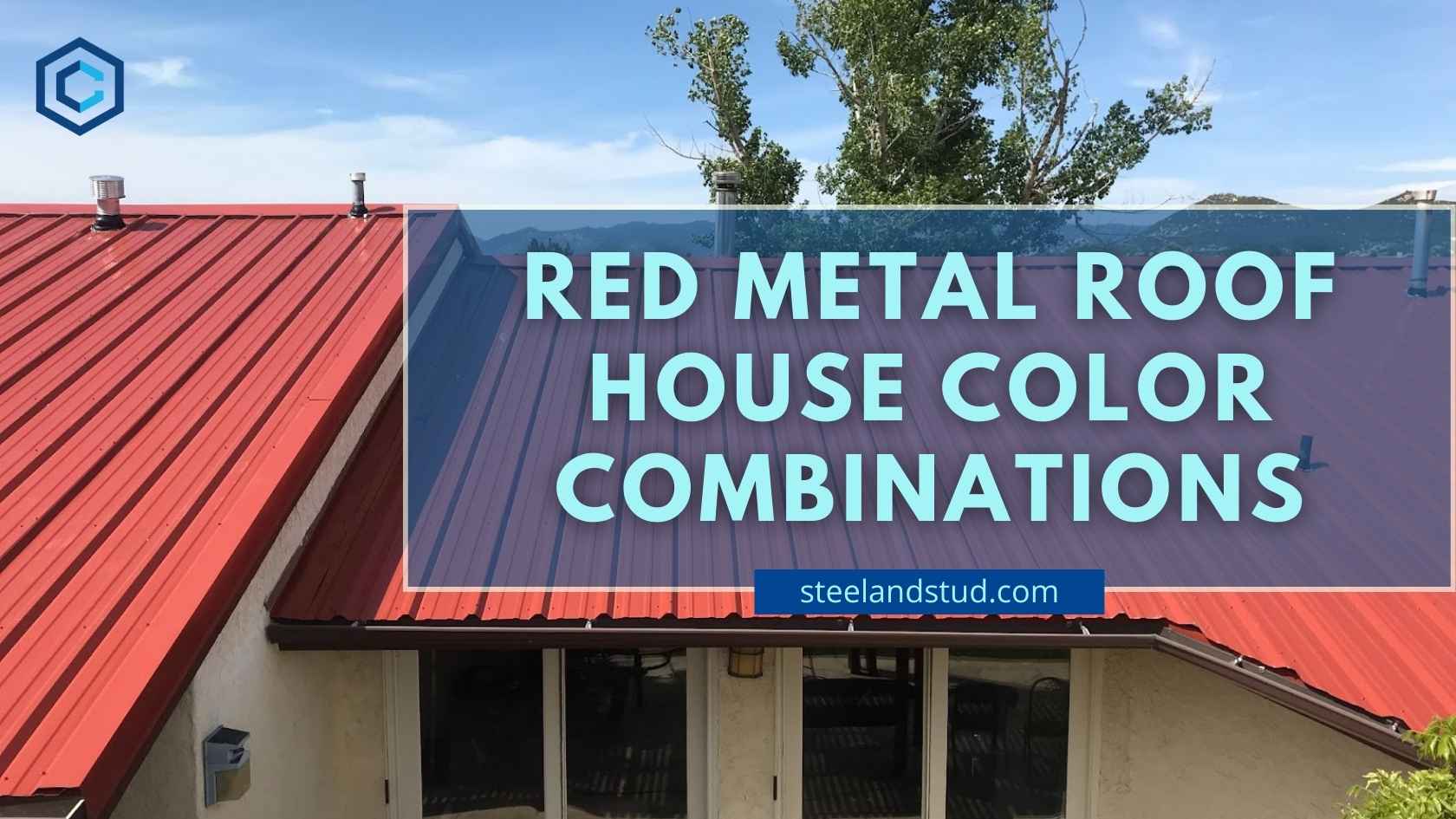
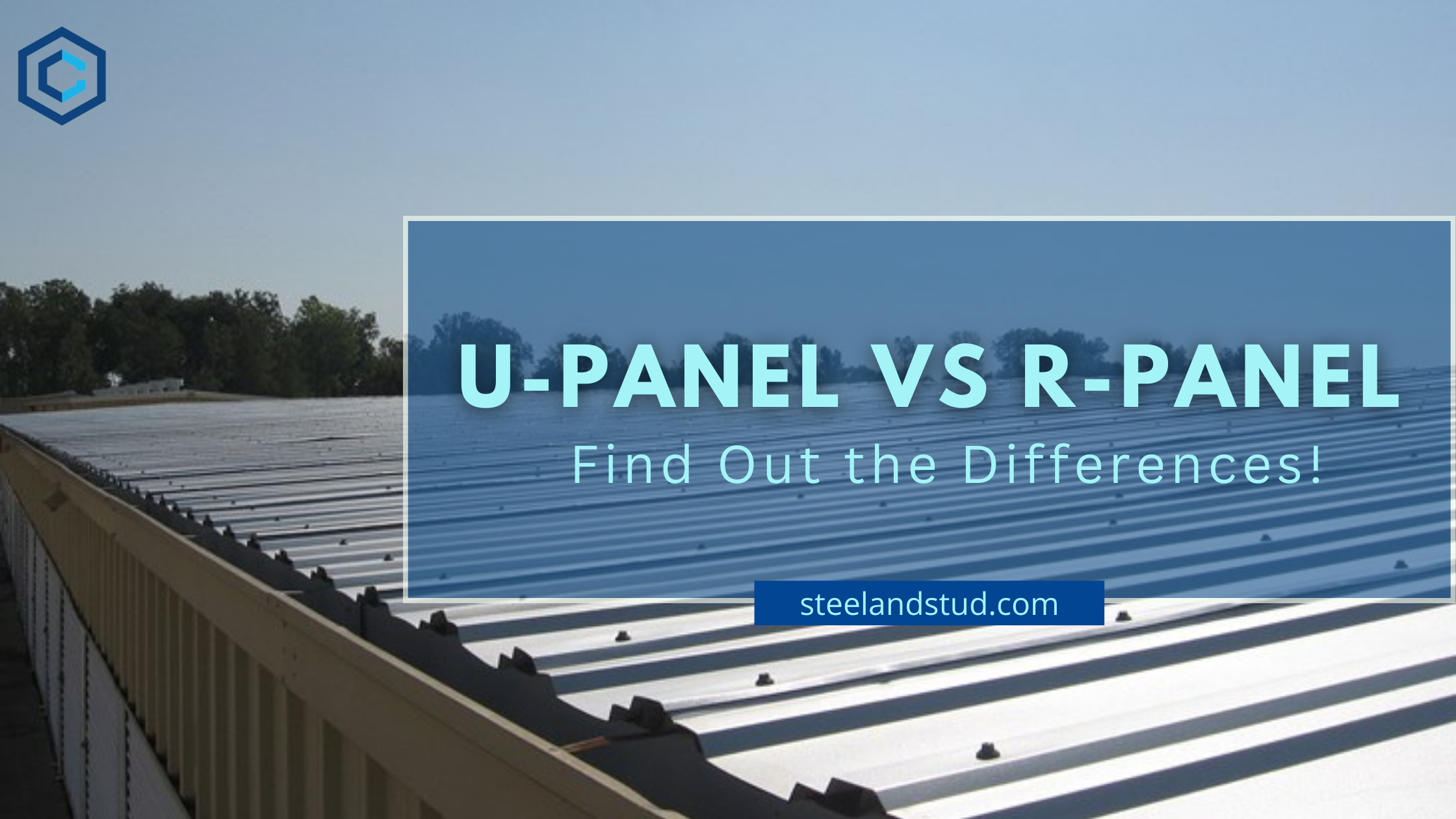
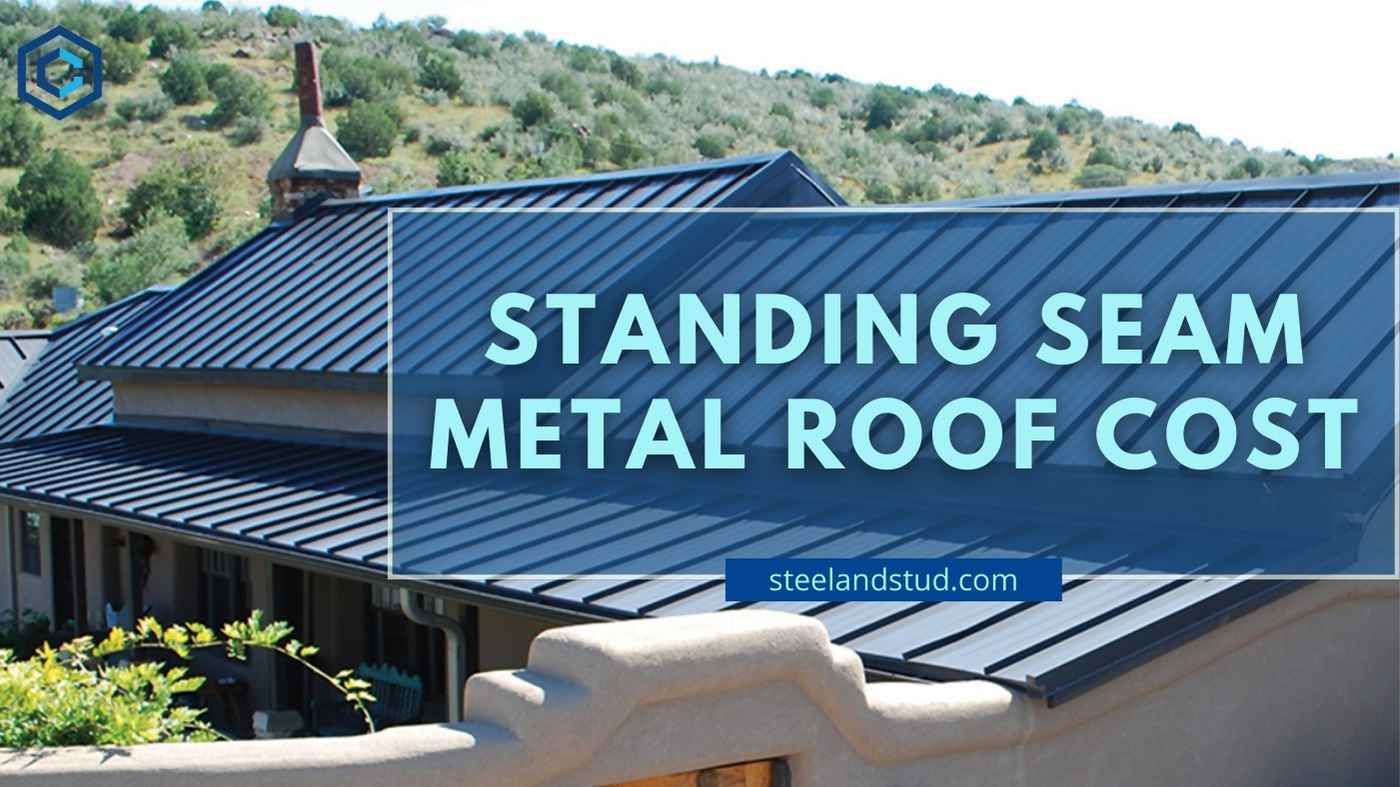
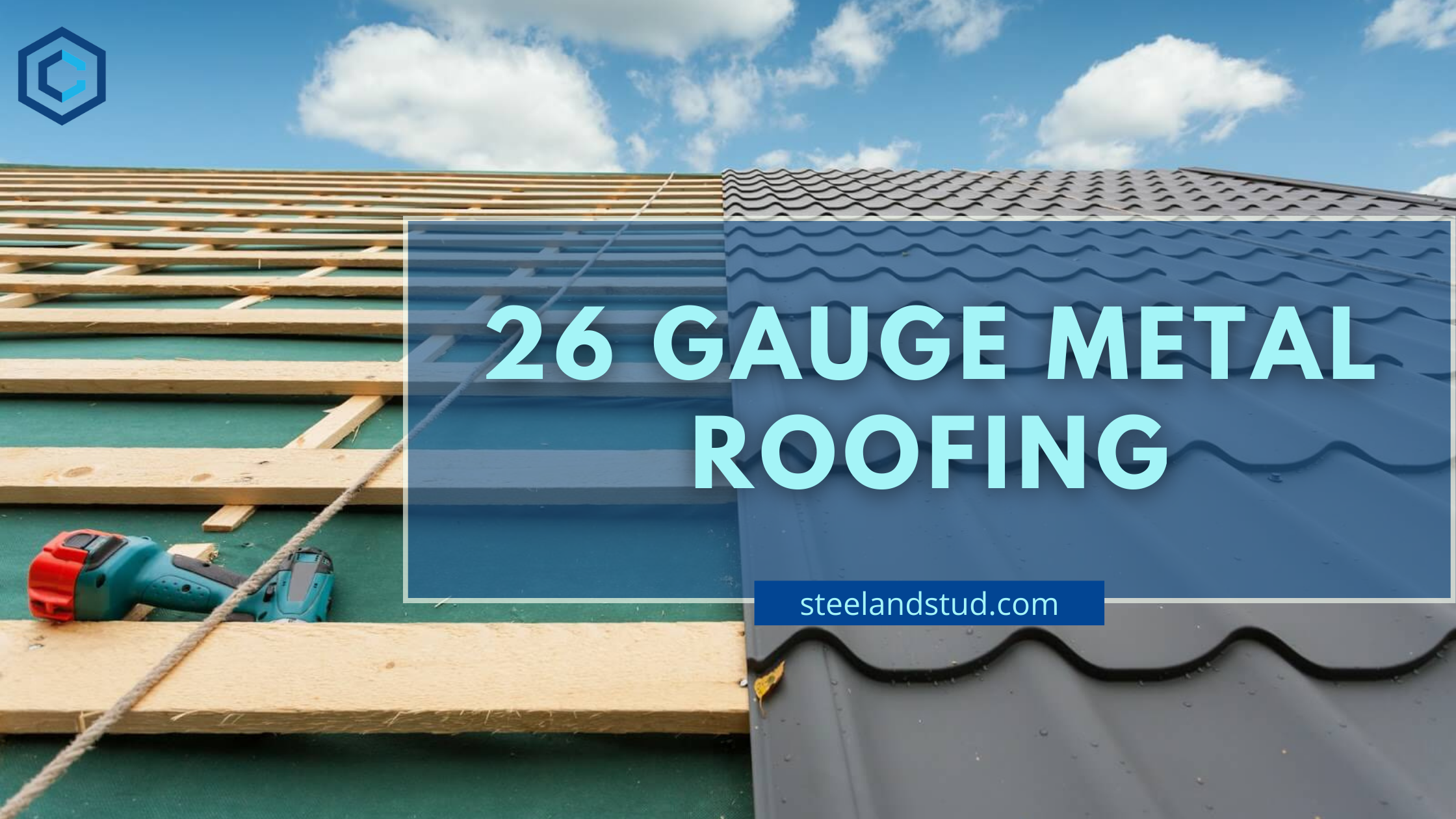
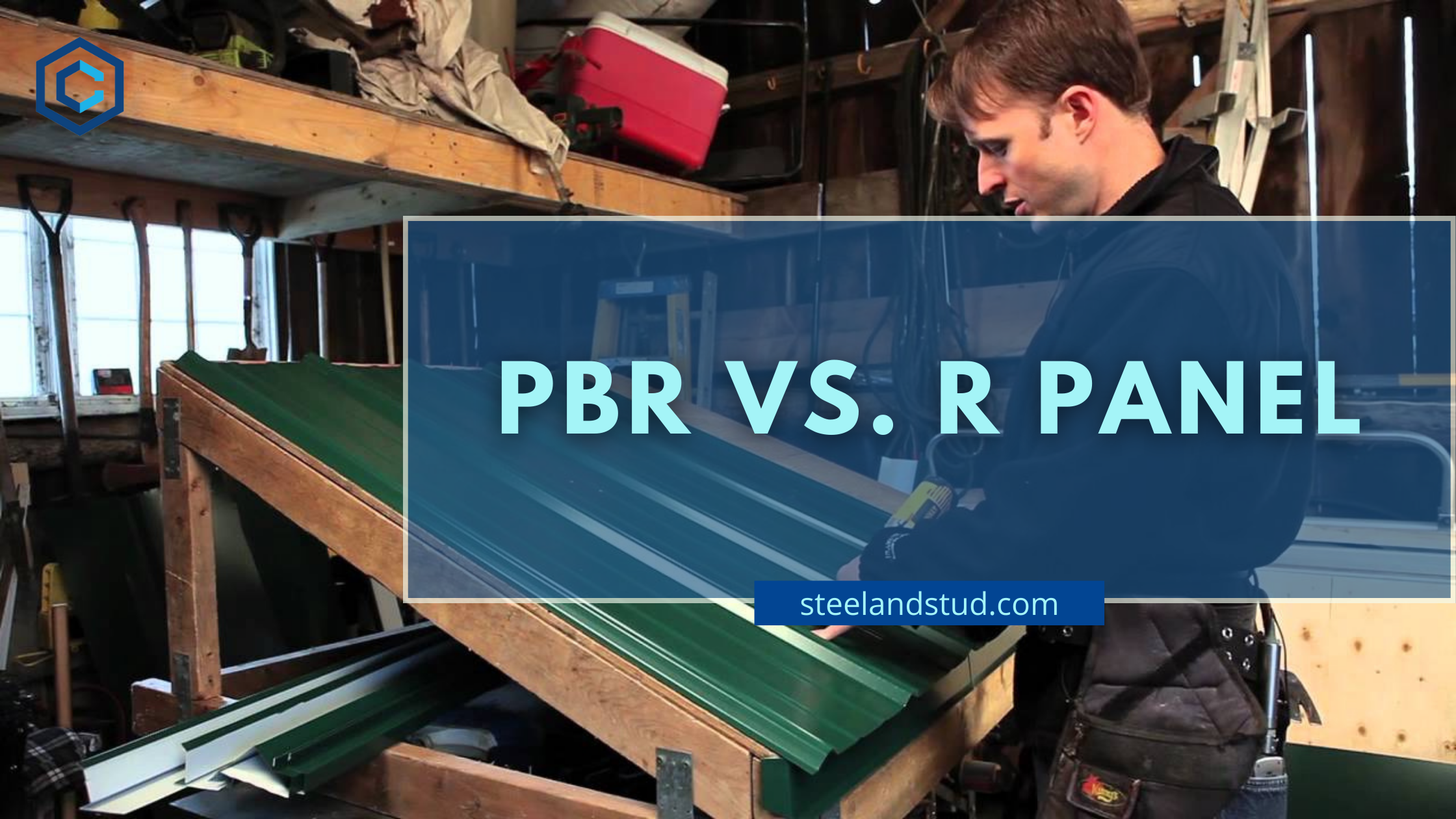
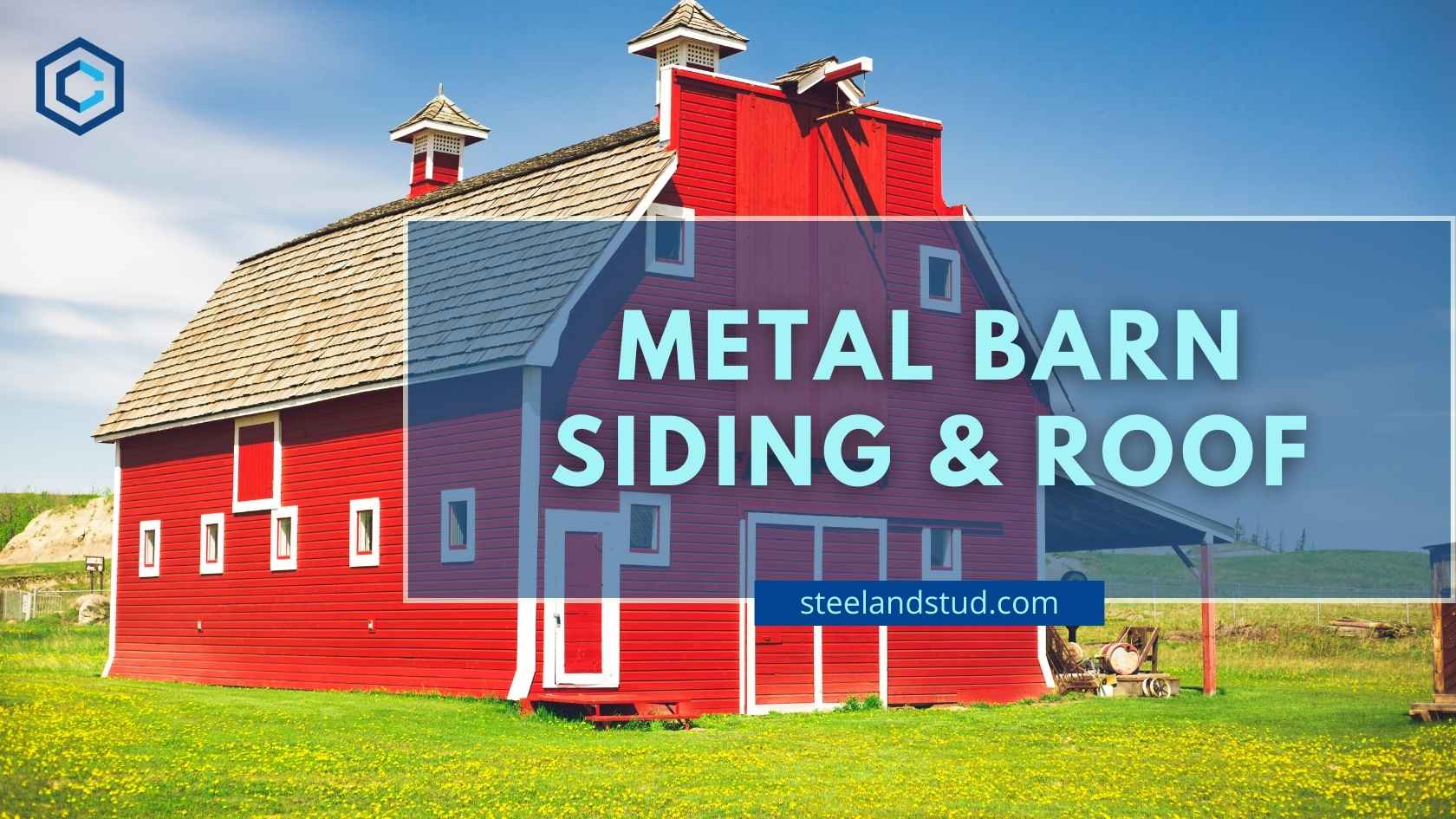
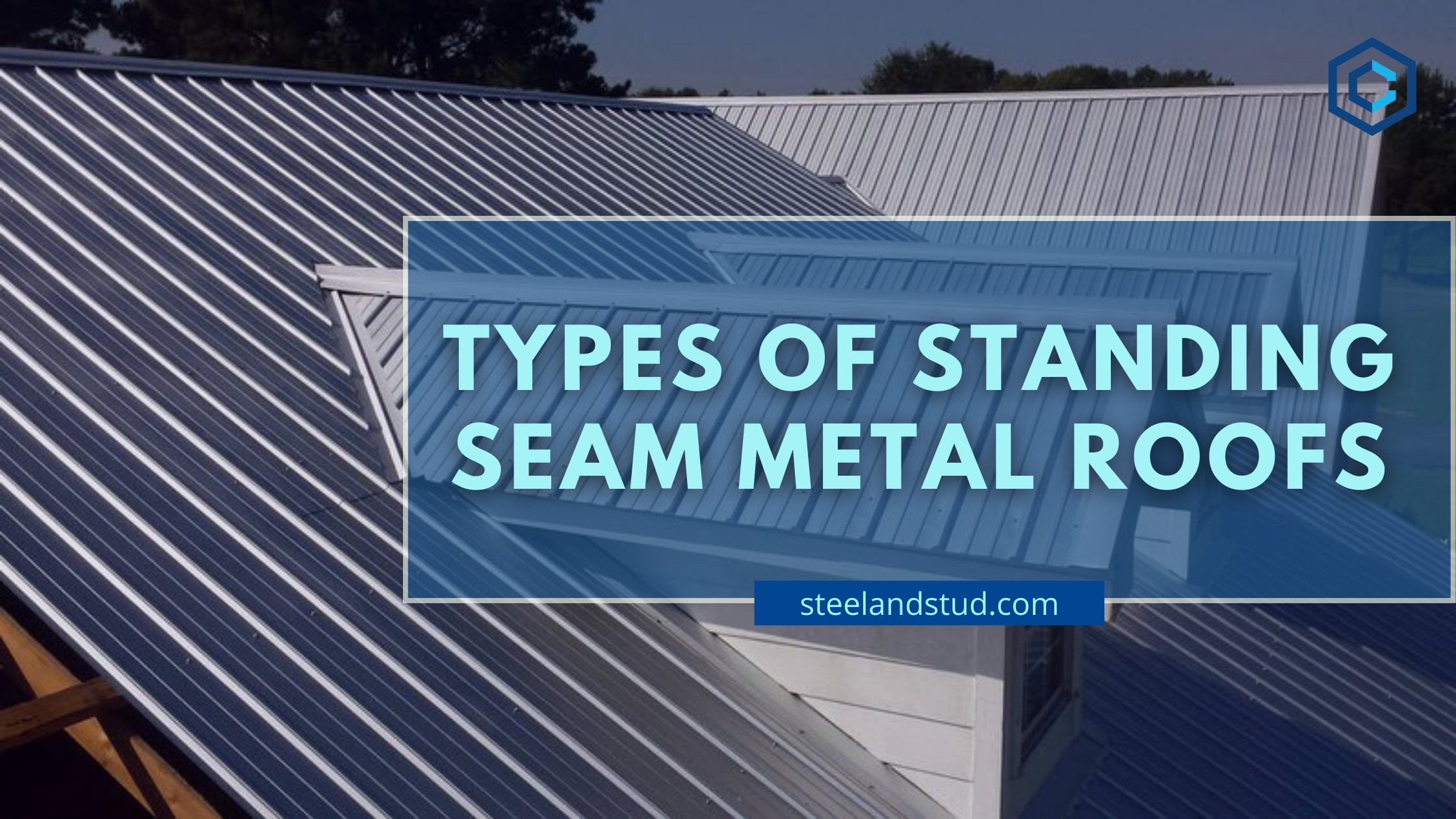
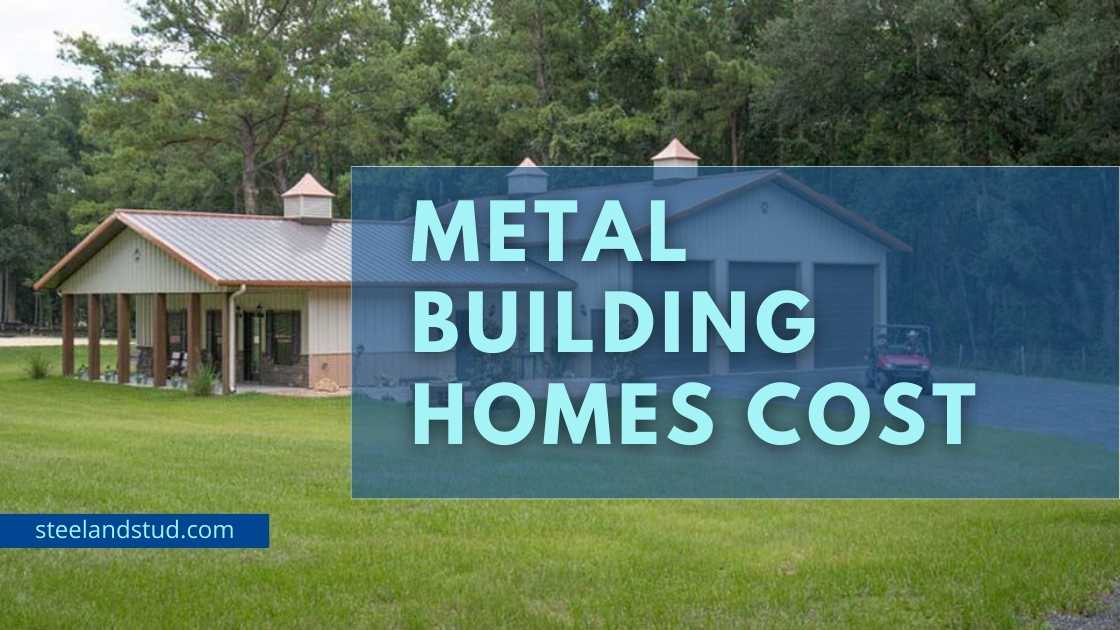
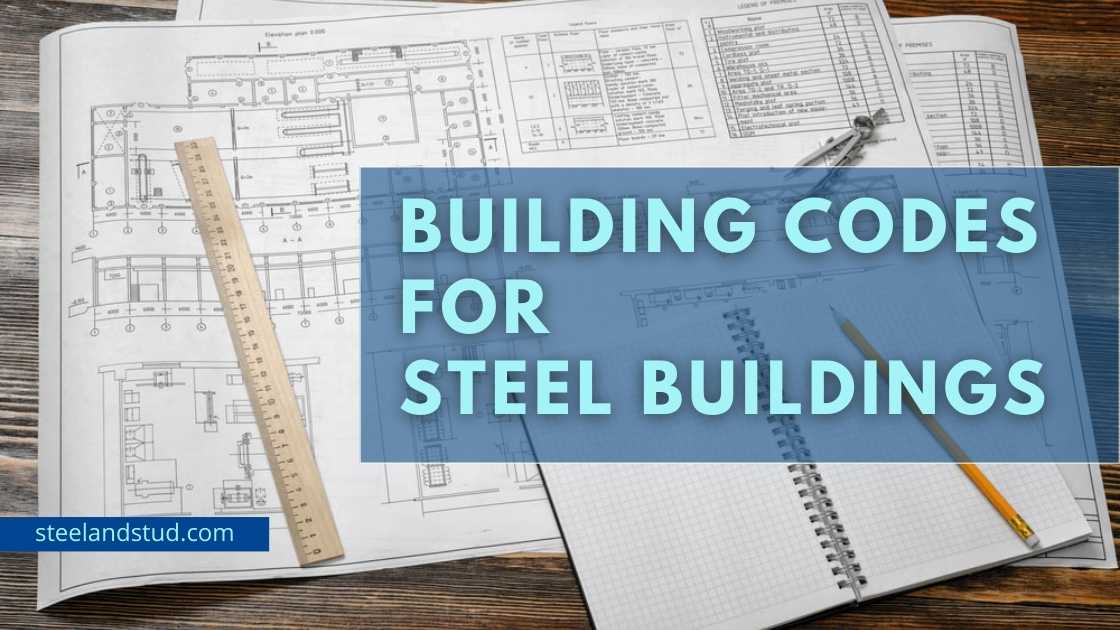
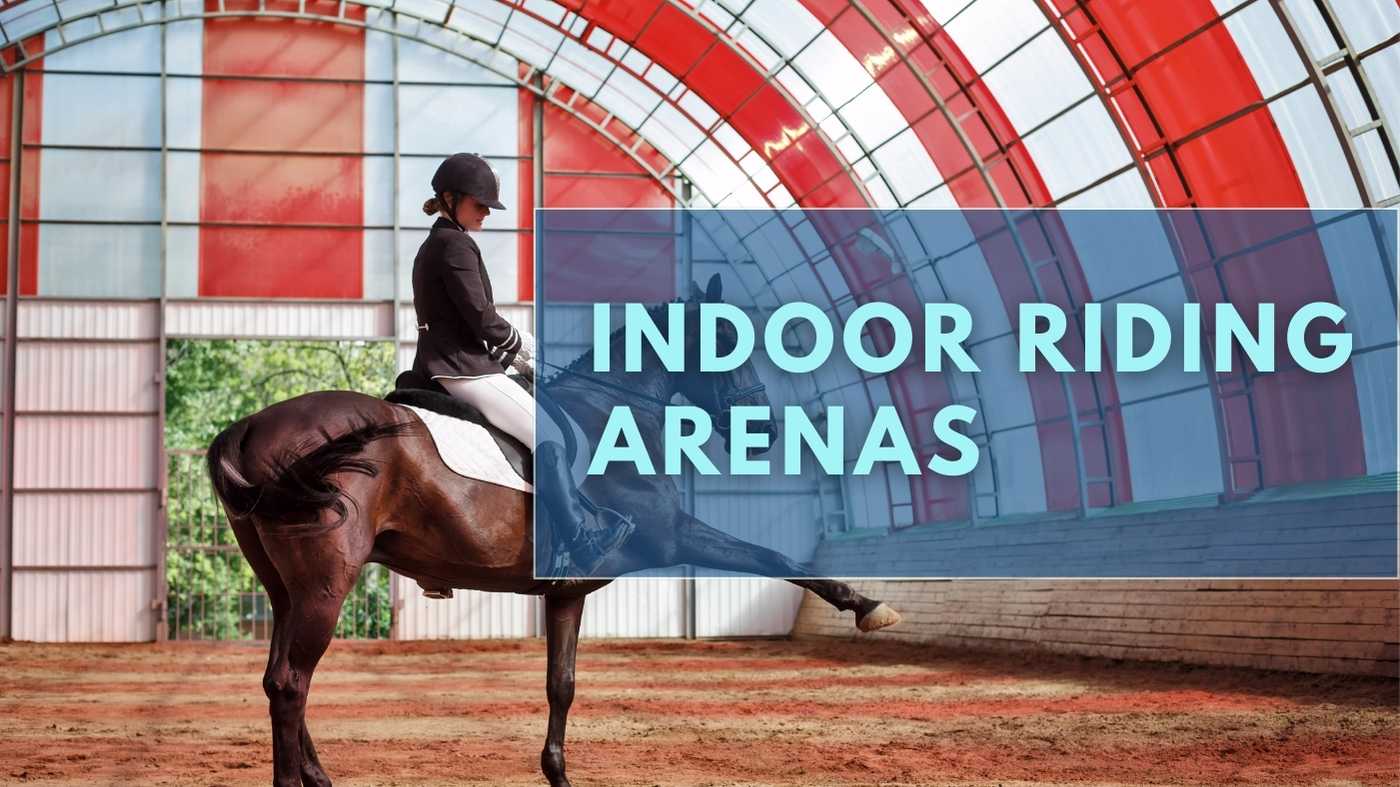
Indoor Riding Arenas: Types, Features, Benefits, and Cost
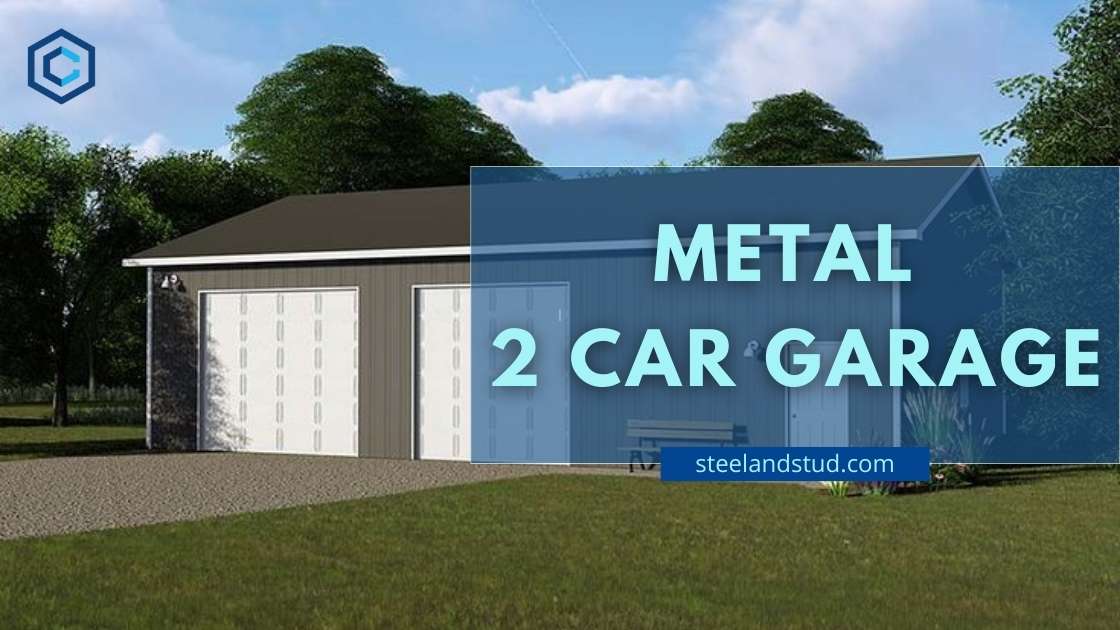
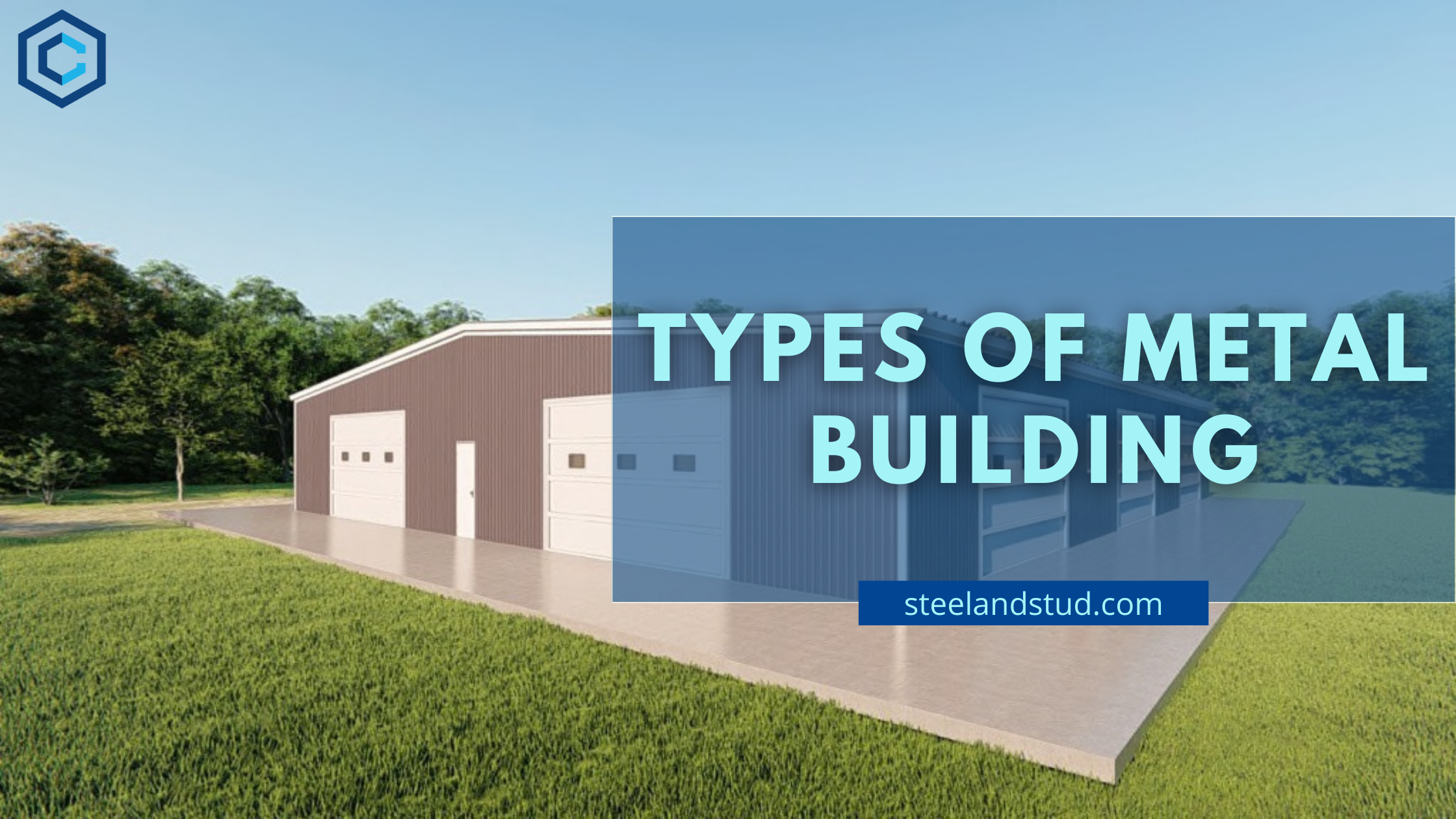
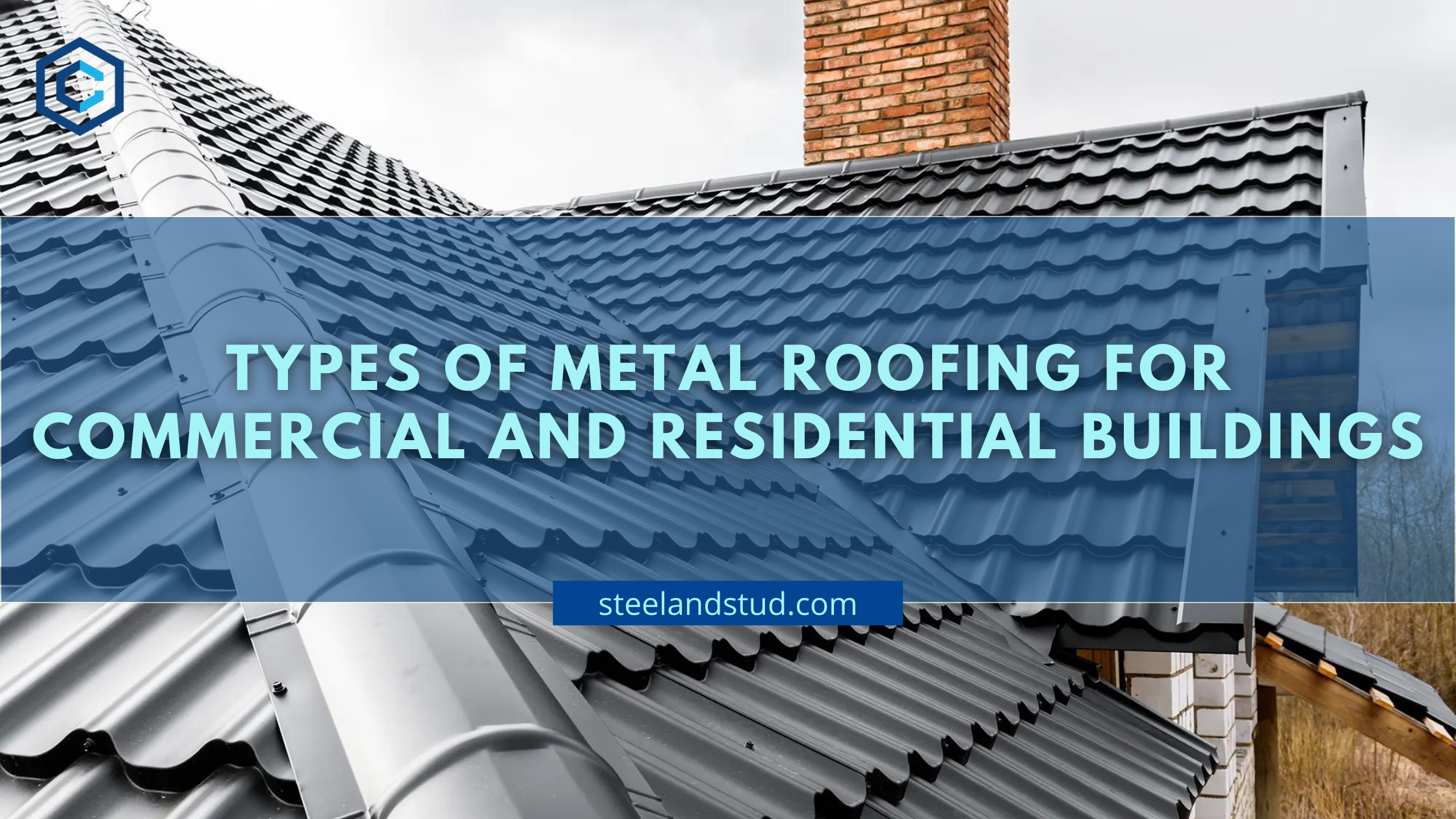
Different Types of Metal Roofing for Commercial and Residential Buildings
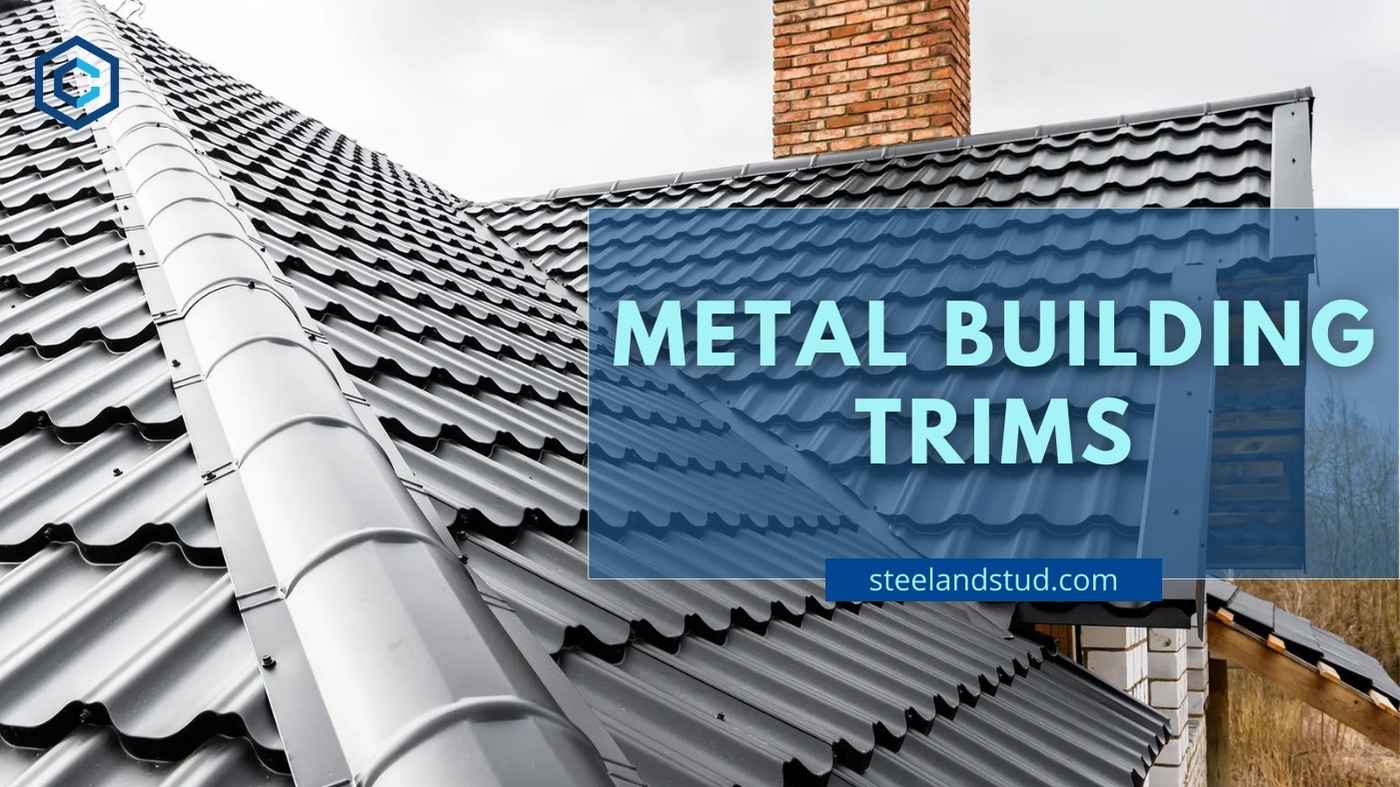
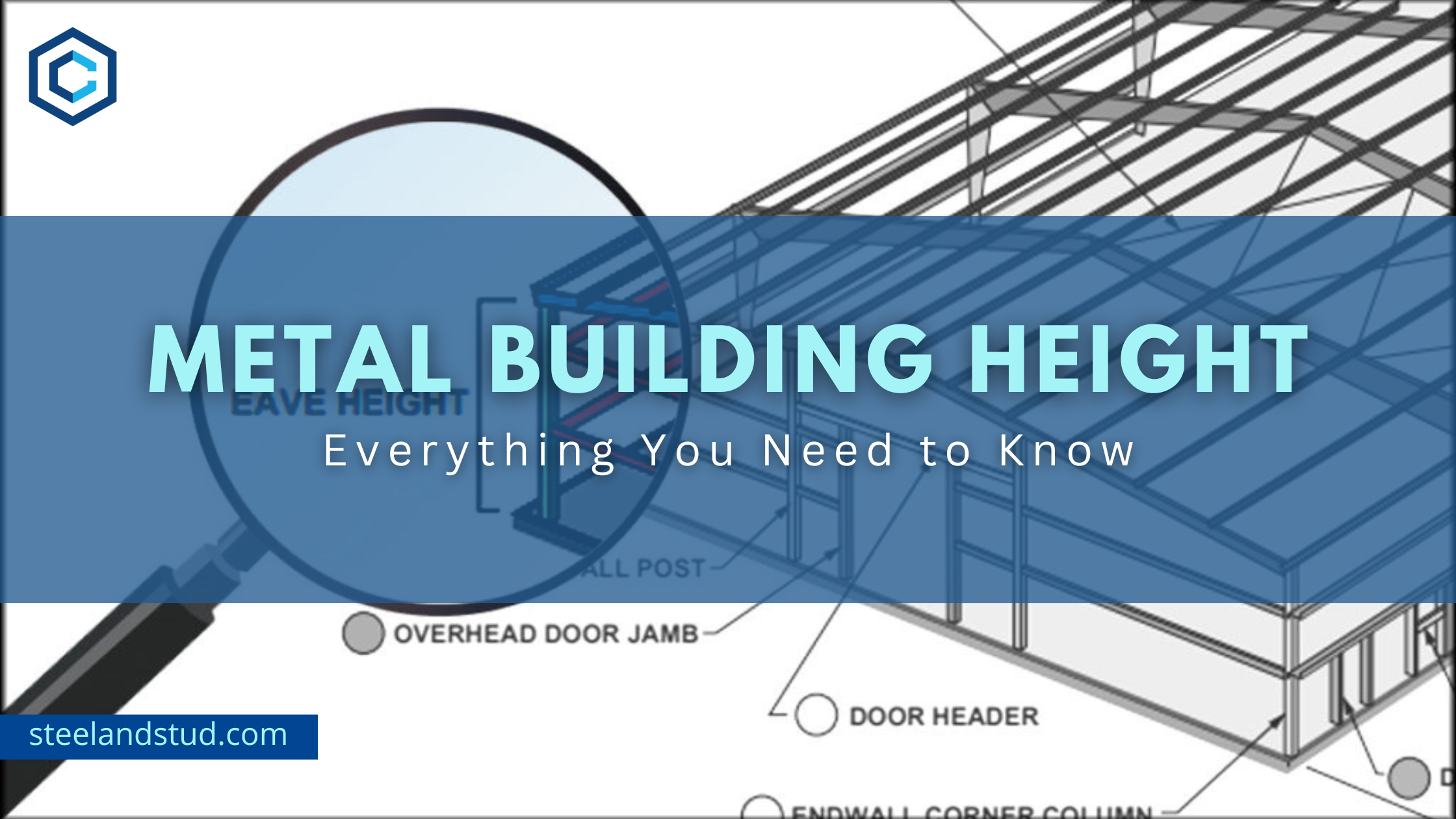
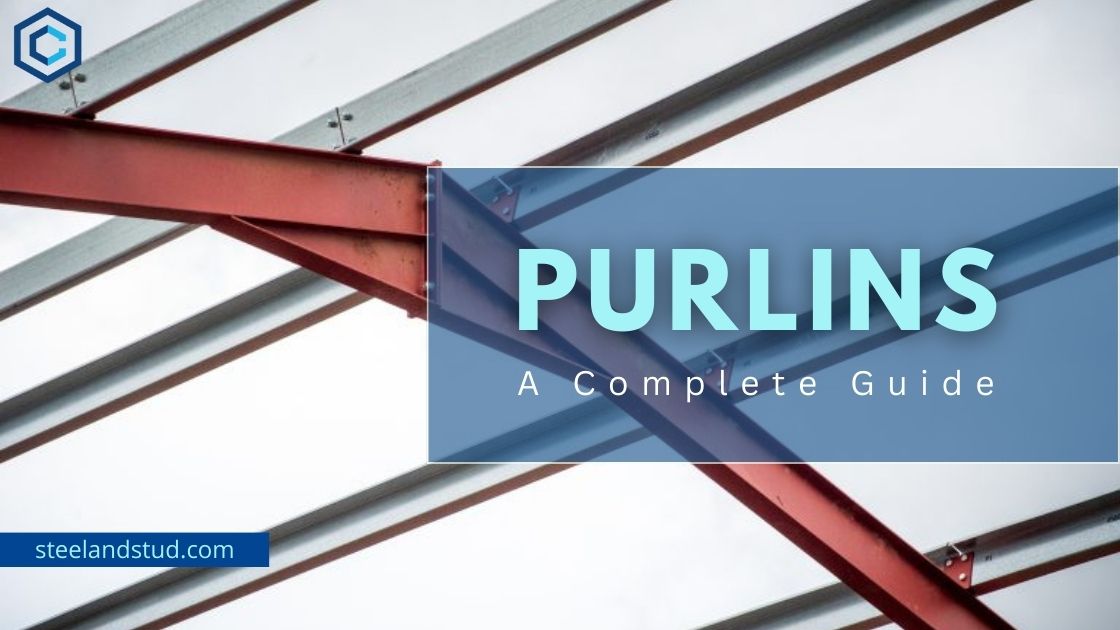
What Is A Purlin? Types, Sizes, Designs, Accessories & Cost
